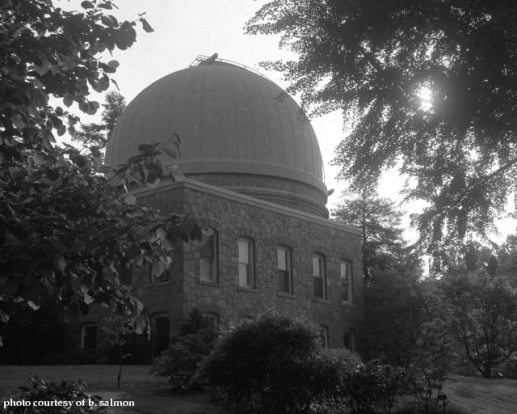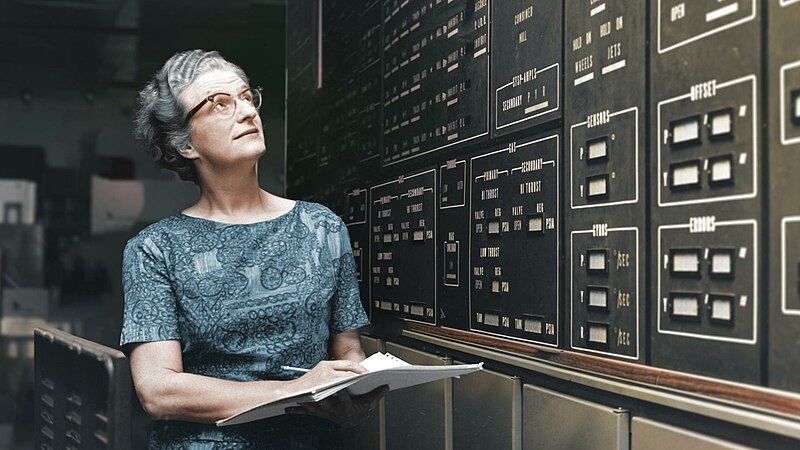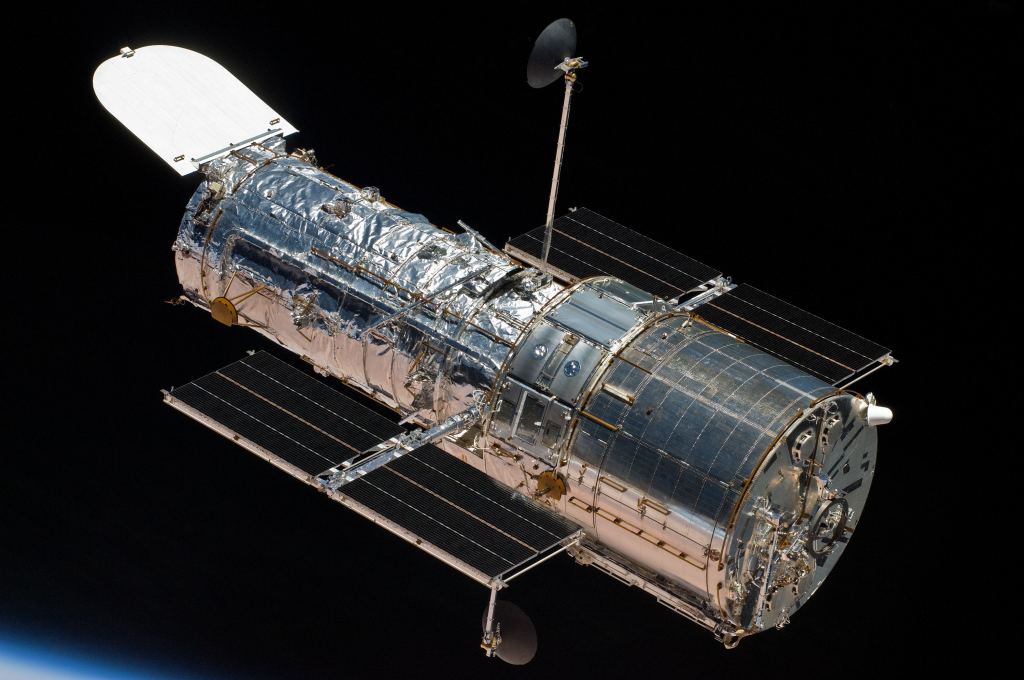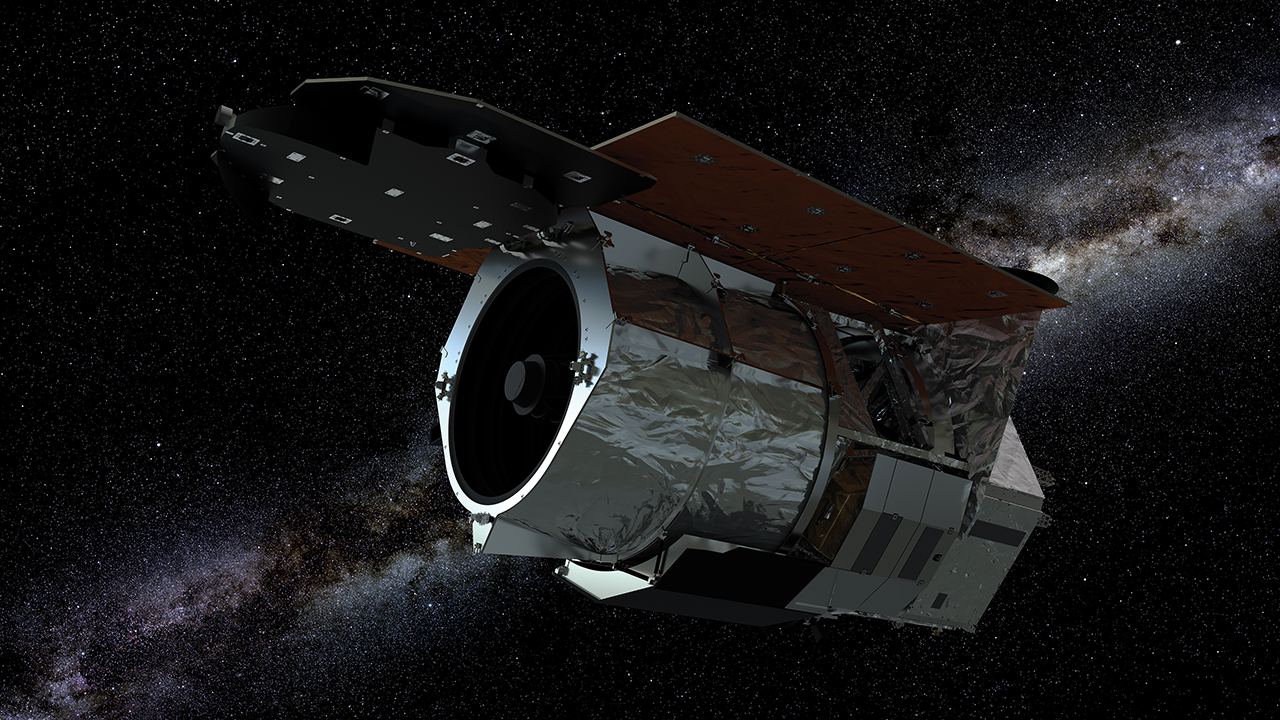In the mid-2020s, NASA’s next-generation Wide Field Infrared Survey Telescope (WFIRST) will take to space. With unprecedented resolution and advanced instruments, it will build on the foundation established by the venerable Hubble Space Telescope – which celebrated its 30th anniversary this year! In anticipation of all it will accomplish, NASA decided that the WFIRST needs a proper name, one that honors its connection to Hubble.
This week, NASA announced that henceforth, the WFIRST mission will be known as the Nancy Grace Roman Space Telescope (or Roman Space Telescope for short) in honor of Dr. Nancy Grace Roman (who passed away in 2018). In addition to being NASA’s first Chief Astronomer, she was also a tireless educator and advocate for women in STEMs whose work paved the way for space telescopes – leading to her nickname “the mother of Hubble.”
It’s therefore only fitting that we take a look at the inspiring life of this pioneer and the work that earned her a place among the stars!
Early Life and Education
Born in Nashville, Tennessee in 1925, Roman demonstrated a fascination with astronomy early in life. After forming an astronomy club with classmates in middle-school, Roman decided by the time she reached high school that she wanted to pursue astronomy as a career (though she was discouraged by those around her).

After graduating, she attended Swarthmore College in Pennsylvania and worked at the Sproul Observatory. She then pursued her graduate studies at the University of Chicago while conducting research at the Yerkes Observatory in Wisconsin and the McDonald Observatory in Texas, eventually becoming an assistant professor.
However, due to the dearth of tenured positions available to women at the time, she eventually took a position at the Naval Research Laboratory (ARL) in 1954 – on the recommendation of fellow astronomer Gerard Kuiper. Over the next three years, she contributed to the emerging field of radio astronomy and become head of the ARLs microwave spectroscopy section.
During her time with the ARL, Roman came to the attention of the international astronomical community and traveled overseas to lecture on her research. Her work was also noticed by the newly-formed National Aeronautical and Space Administration (NASA) and in 1959, she joined NASA to spearhead its program for observational astronomy.
Her acceptance into NASA as their Head of Observational Astronomy effectively meant that she would be giving up her research, but she felt that the sacrifice was worth it. As she was quoted as saying in a memoir published in 2018, “the chance to start with a clean slate to map out a program that I thought would influence astronomy for fifty years was more than I could resist.”

By the early 1960s, she became the first Chief of Astronomy in NASA’s Office of Space Science and traveled extensively across the US to deliver lectures to astronomy departments and promote NASA programs. In her own words, the visits were intended “to tell them what we were planning at NASA and what the NASA opportunities were, but it was equally to try to get from them a feeling of what they thought NASA ought to be doing.”
By the mid-1960s, she established a committee of astronomers and engineers to envision a telescope that could conduct observations from space and accomplish important scientific goals. In time, her advocacy convinced NASA and Congress to make the creation of a space telescope a priority. Her efforts were realized in 1990 with the launch of Hubble, which was to be the most scientifically revolutionary space telescope of all time.
Big Data Astronomy
Since Hubble took to space, its science operations have been coordinated and overseen by the Space Telescope Science Institute (STScI) in Baltimore, Maryland. This consisted of scheduling and carrying out observations, processing and archiving mission datasets, and performing outreach programs with the astronomical community and general public.

Next year, when the James Webb Space Telescope is launched into orbit, its science and mission operations centers will also be housed in the STScI. In 2019, NASA announced that STScI would also serve as the science operations center for the Roman Space Telescope. AS STScI Director Kenneth Sembach said:
“Dr. Nancy Grace Roman was an accomplished scientist and leader, as well as a staunch advocate of Hubble and NASA’s other Great Observatories. She also strongly backed the creation of STScI. We thought of her as a colleague and friend, and were delighted to welcome her to the Institute for our annual spring science symposium in 2017...
“We are honored to be part of her continuing legacy. Our entire team stands ready to support the astronomical community and ensure that the Roman Space Telescope will achieve its full scientific potential.”
Like its predecessors, all the data collected by the Roman Space Telescope will be kept in the Barbara A. Mikulski Archive for Space Telescopes (MAST) at the STScI, where it will readily available for investigators, researchers, and astronomers around the world. It is estimated that over its planned 5-year mission, the observatory will collect an estimated 20 petabytes (PB) of data.

In comparison, The British Library, the largest national library in the world and one of the largest databases in existence, contains roughly 500 terabytes of preserved data. Doing the math, we can safely say that the RST will gather the equivalent of 40 British Libraries. The availability of all this data is sure to keep scientists engaged and fuel discoveries long after the mission is over.
“The Roman Space Telescope will bring big data to space astrophysics,” said STScI Deputy Director Nancy Levenson. “The large and freely accessible data sets will inspire new ways of exploring the cosmos, advancing our understanding and presenting new mysteries.”
A Fitting Successor
As noted in previous articles, the RST will have the power of “100 Hubbles.” What this means is that while the RST will have the same sensitivity and resolution as Hubble, it will be able to cover a viewing area 100 times larger. This is made possible by the telescopes 18 detectors (4096 x 4096 pixels each), which allow the RST to cover an area roughly 1.33 times that of a Full Moon – Hubble images cover an area less than 1% that of a Full Moon.
Its advanced suite of scientific instruments will also allow it to conduct a wide array of astronomical observations. This includes the Wide-Field Instrument (WFI), a 288-megapixel camera that is capable of multi-band near-infrared imaging. This will allow the RST to observe diverse populations of astronomical objects that are otherwise unobservable in visible light.
The RST will also work in concert with the James Webb Space Telescope (JWST) for the sake of conducting in-depth radio observations. This will consist of the RST taking advantage of its wide field of view to reveal diverse populations of astronomical objects in infrared wavelengths while the JWST conducts follow-up observations using its superior infrared imaging capabilities.
Then there’s the high contrast coronagraph the telescope will use to suppress light coming from distant stars, which will allow astronomers to conduct direct imaging studies of smaller, rocky exoplanets that orbit closer to their stars. This will enable more detailed studies of potentially habitable planets, better characterizations of their atmospheres, and the identification of potential biosignatures.
Another thing that the RST will have going for it is its proposed orbit, which will give it a view of space largely unobstructed by Earth. Whereas Hubble‘s Low Earth Orbit (LEO) of about 560 km (350 mi) often means that it is obnly able to collect data for half of its orbital period, the RST will be in a wide orbit of about 1.6 million km (1 million mi) and able to make observations in an almost continuous fashion.
Like the other NASA Great Observatories (the Compton Gamma Ray Observatory, the Chandra X-ray Observatory, Hubble, and the Spitzer Space Telescope), the RST will help spur advances in many fields of astrophysics. This will include completing the census of exoplanets by discovering thousands of new worlds and characterizing them, as well as the study of comets, asteroids, dwarf planets, and “ocean worlds” in our Solar System.
The RST will also observe billions of star systems, some of which are still in the process of formation, and millions of galaxies and their surrounding structures. In the process, it will shed light on enduring cosmic mysteries like Dark Matter, Dark Energy, and the role they have played in cosmic evolution. Lastly, the RST will use its superior imaging capabilities to study the earliest stars and galaxies in our Universe.
In short, the Roman Space Telescope will allow researchers and astronomers to do precisely what Dr. Roman herself once said: “If you enjoy puzzles, science or engineering may be the field for you, because scientific research and engineering is a continuous series of solving puzzles.”
It is no exaggeration to say that the Hubble Space Telescope owes its very existence to Dr. Nancy Grace Roman. It is therefore very fitting that the space telescope that will build on the foundation established by Hubble (and also greatly expand upon it) will be named after its “mother.” She would no doubt be very happy that the WFIRST bears her name in recognition of her accomplishments.
But I think it’s safe to say that she would be more pleased to know that the tradition of space-based observatories has carried on in her absence and it is becoming even more bold and sophisticated. She would also be very pleased to know that the discoveries these next-generation telescopes promise will be that much more profound.
Be sure to check out this video on the life and contributions of Dr. Roman, courtesy of NASA Goddard:
Further Reading: NASA – Hubblesite, Nancy Grace Roman Space Telescope

